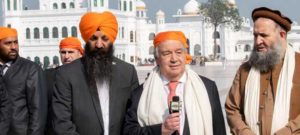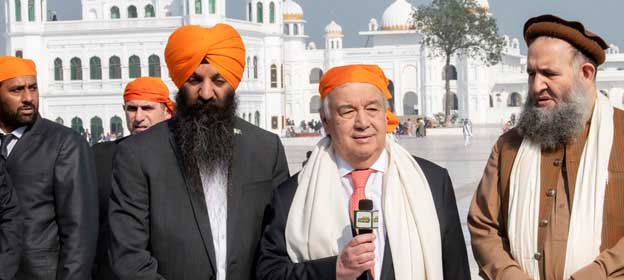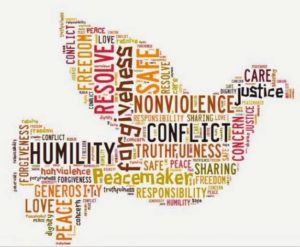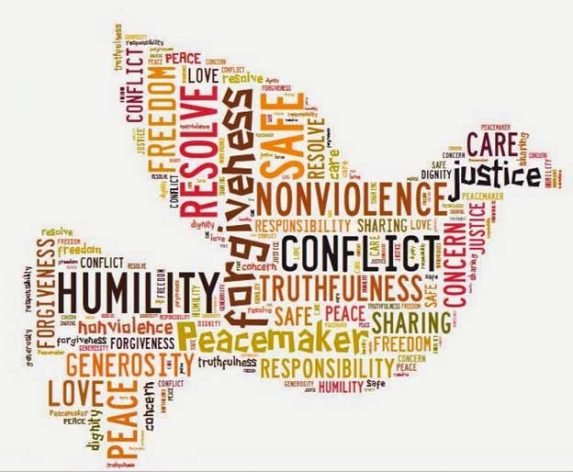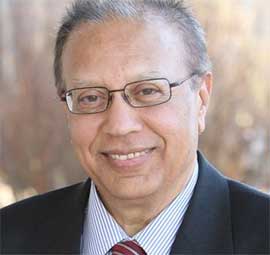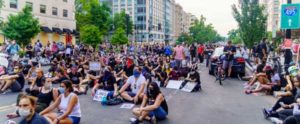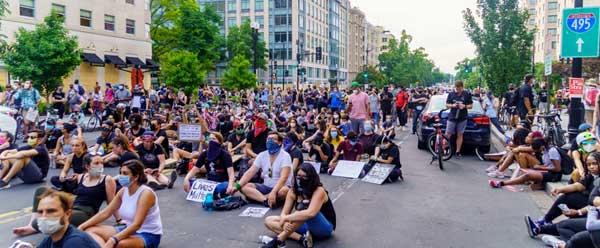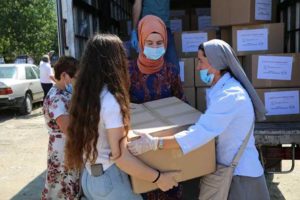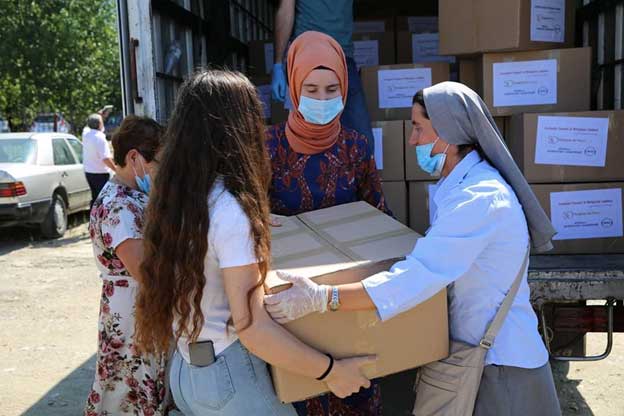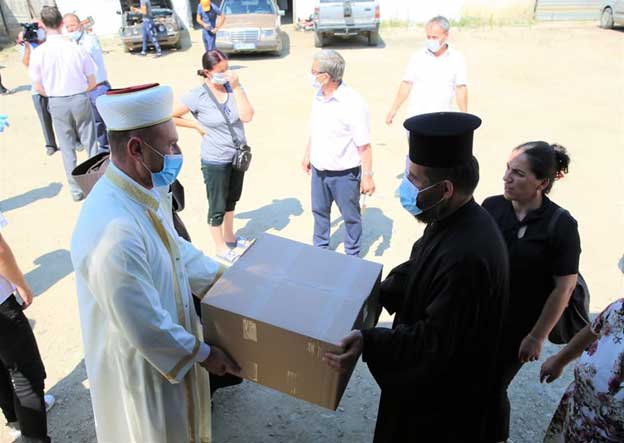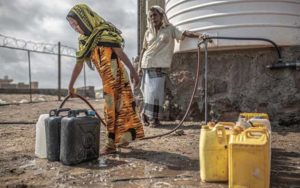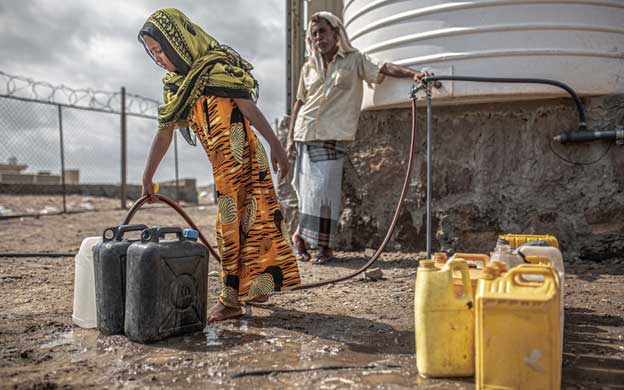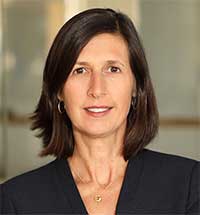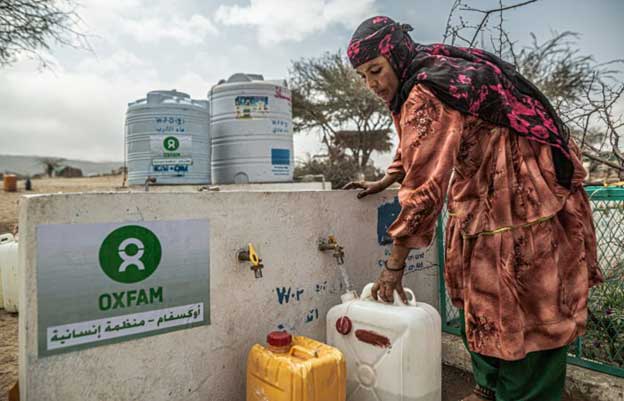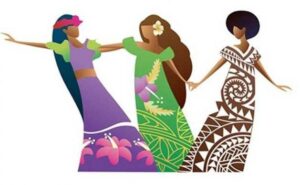
Asia-Pacific, Civil Society, Development & Aid, Featured, Gender, Headlines, Health, Humanitarian Emergencies, Inequity, Poverty & SDGs, TerraViva United Nations, Women & Climate Change, Women & Economy, Women in Politics, Women’s Health
The following opinion piece is part of series to mark International Women’s Day March 8.
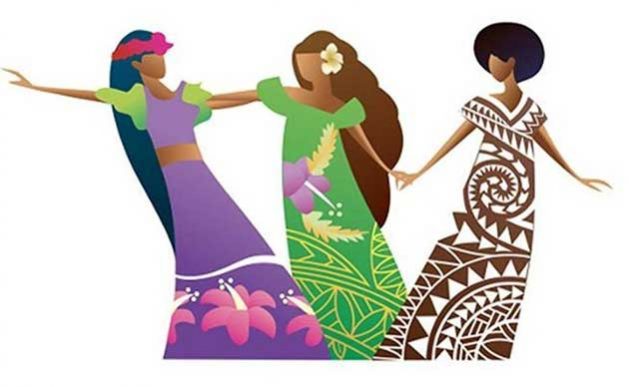
– An often quoted indigenous reference in the Samoan language is, O le ala i le pule o le tautua, literally translated, “the pathway to leadership is through service” because to be able to lead is to be willing to serve.
Since world leaders endorsed the blueprint for gender equality in Beijing 1995, women in leadership has dominated in numerous conversations and forums in terms of the need to increase women in leadership as a critical factor to achieve gender equality. Many of the perspectives shared, are about facilitating opportunities for women, advancing women in fields dominated by men, particularly in the sciences, and achieving equality in decision-making. Women in leadership has become a popular discourse from development, to academia, to politics, to science and innovation; and organisations across all sectors are recognizing the importance of inclusivity and equity for achieving sustainable development.
The 2020 Pacific review of the Beijing Platform for Action, 25 years after Beijing, highlighted that Pacific states still have a long way to go in achieving balanced representation of women in national parliaments. With the exception of the French Territories where equitable representation of women in their legislative assemblies is ensured by the French ‘parity law’, women’s representation in national parliaments across the region is shockingly low and temporary special measures (TSMs) are only used in a few states. At all levels, and across all nations, gender power dynamics disadvantage women as decision makers; and socio-cultural norms in the Pacific see men as the ‘natural’ spokespeople for families, communities and governments. That said, the report also noted an increase in women’s participation in all levels of decision-making at community levels, in public service and in civil society organisations. This raises a number of challenging questions.
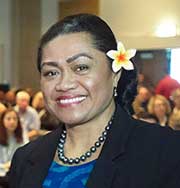
Leituala Kuiniselani Toelupe Tago-Elisara
Where does this lead us in a pandemic environment? COVID-19 has exacerbated existing and ongoing inequalities in the Pacific, hindering what is already very slow progress for achieving gender equality. The evidence is quite clear as to where these inequalities are found and policy dialogues and talanoa sessions held within the region over the last two and a half decades, have generated a multitude of recommendations on what can be done by governments and as a region. What then is the problem, we ask ourselves? It’s the resourcing, the response, the lack of political will and commitment, and the list goes on, that women leaders and women engaging in the gender space, know all too well.
So, what can we do and what does this mean for Women in Leadership? The answer lies in our ongoing concerted efforts to have women at the table with an equal voice to speak for the 50% of our population. We will keep pushing to have women leaders at the table who understand women’s lived experiences and needs, and that these are translated into decision-making on resource allocation and prioritisation. We need women who lead, knowing that they have families and communities to attend to after work, and appreciate the value of unpaid care work. More importantly, we need the same women leaders at the table to share those perspectives with their men counterparts, to affect change that will transform societies and enable positive and inclusive change for gender equality at all levels in society and across all locations – urban, rural and remote.
Our unprecedented experience with COVID-19 has changed the way we live, the way we work and certainly the way we exercise leadership and deliver service. It has reminded us that with border closures and travel restrictions, we need to be searching within our own borders and within our own societies for solutions. One of these solutions is for us to utilize and capitalize on the often-untapped skills, knowledge and expertise of women, to generate solutions for our development challenges. The role of women, as we are seeing in recovery efforts across the Pacific, is a testament to the service they continue to provide for our families and our communities. It is evidenced in women’s resilience and their significant capabilities in managing our communities and societies through multiple disasters and climatic events over the years, and through the multitude of cultural and customary obligations that we have all lived through, and will continue to live through. It is a reflection of women’s knowledge of our Pacific ways of knowing and ways of being, gathered and passed down from generation to generation.
The impacts of COVID-19 are huge and as a region and as a people, it will take some time to navigate our way through these impacts towards full recovery. However, if there is one learning that I take away from this crisis, it is our ability to remain resilient and to continue to serve each other and our people, with our women holding the fort in all our societies and communities across the Pacific Ocean, through their ongoing service. It is a manifestation and a living example of leadership through service, because to be able to lead is to be willing to serve, and being able to serve is being able to lead, and such is the spirit of Pacific women in leadership.
Leituala Kuiniselani Toelupe Tago-Elisara is Acting Regional Director, Polynesia Regional Office Pacific Community (SPC)

